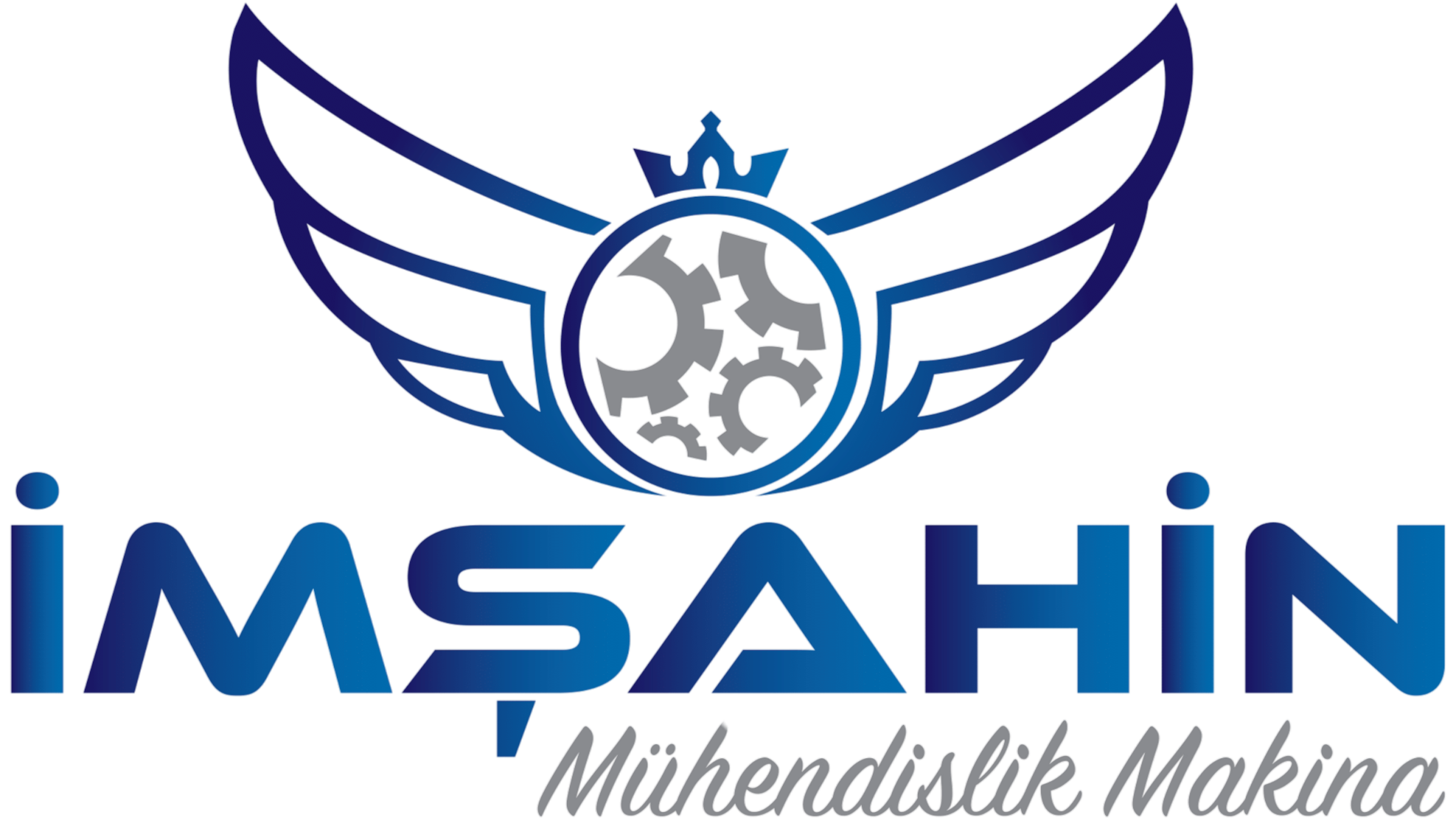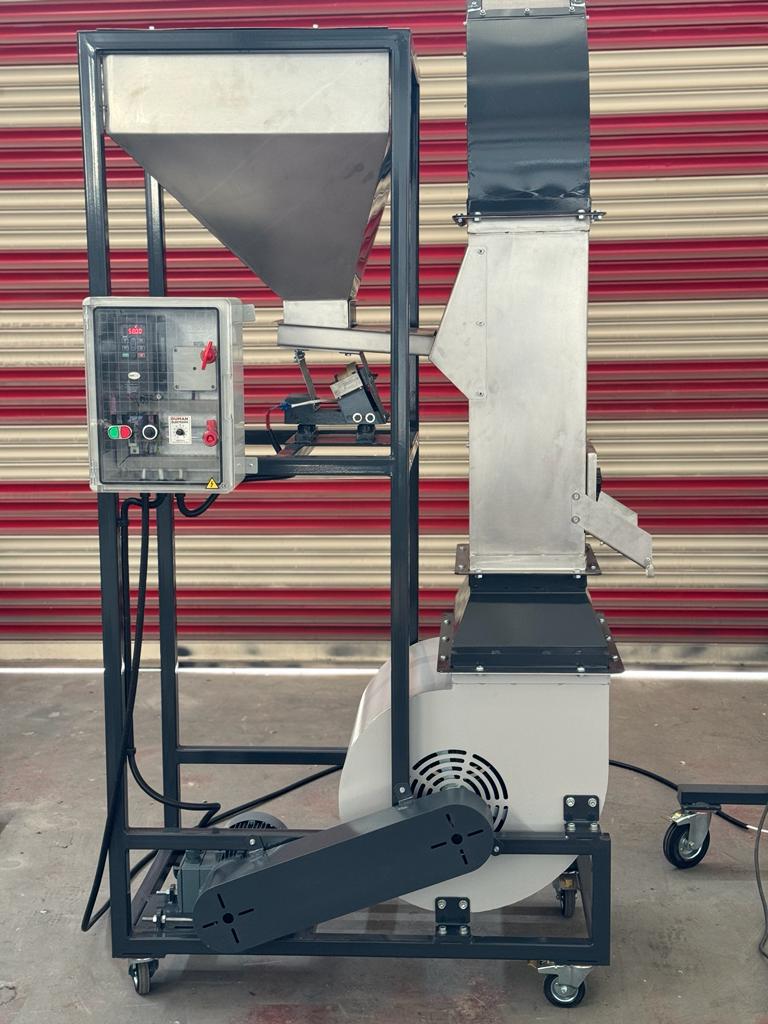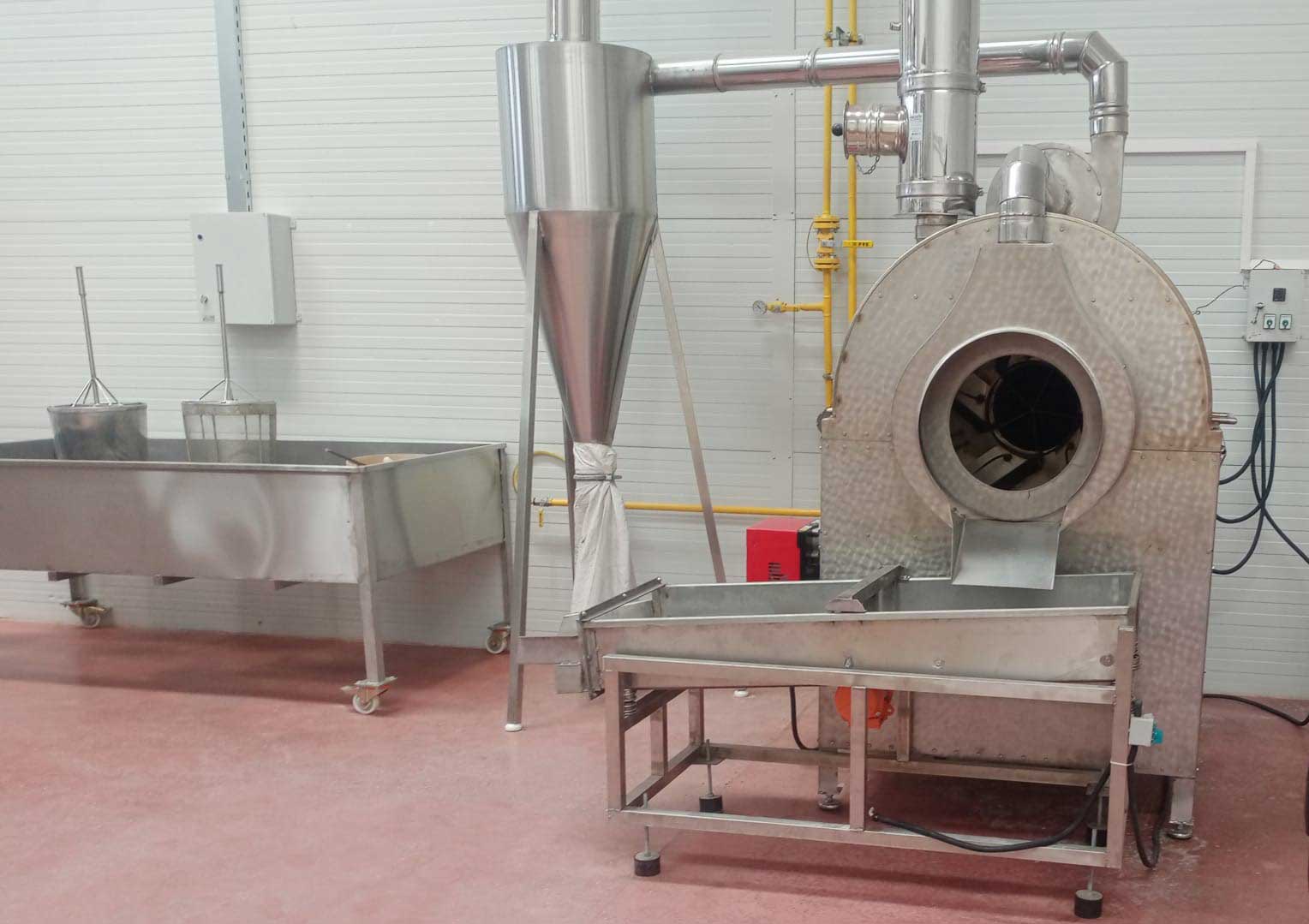
Empty, Rotten, (Bad) Walnut Sorting Machine
Innovative Machine to Sort Empty, Rotten and Poor Quality Walnuts
Specially designed for medium-sized walnut farms, this walnut sorting machine is the ideal solution for sorting low quality walnuts such as hollow, broken or rotten walnuts. It performs a precise sorting process using wind pressure and weight differences. Heavy and solid shelled walnuts are directed to a separate section, while light walnuts are directed to a different section. This machine, which is effective for all kinds of walnuts, regardless of wet or dry, works with high efficiency thanks to the precise fan flow rate adjustment.
.jpeg)
Advantages of our machine:
-
Hollow, broken and rotten walnut separation feature
-
Fast and efficient separation by wind pressure
-
Wide range of uses thanks to precise fan flow adjustment
This walnut sorting machine helps walnut businesses to stand out in the sector by offering quality production and efficient processing processes.
What are the main functions of the walnut sorting machine?
The walnut sorting machine is specially designed to effectively sort hollow, broken and rotten walnuts. Developed with a focus on efficiency, the machine enables businesses to optimize their production processes.
What are the advantages of the walnut sorting machine?
The machine offers a fast and effective sorting process by working with wind pressure. This helps businesses to increase production efficiency. It also provides maximum flexibility in the separation of wet or dry walnuts thanks to the precise fan flow rate adjustment, making it possible to effectively separate low-quality walnuts.
For which businesses is the walnut sorting machine ideal?
It is specially designed for the needs of medium-sized enterprises. By using the machine, businesses can more effectively obtain products that meet quality standards and gain a competitive advantage.





